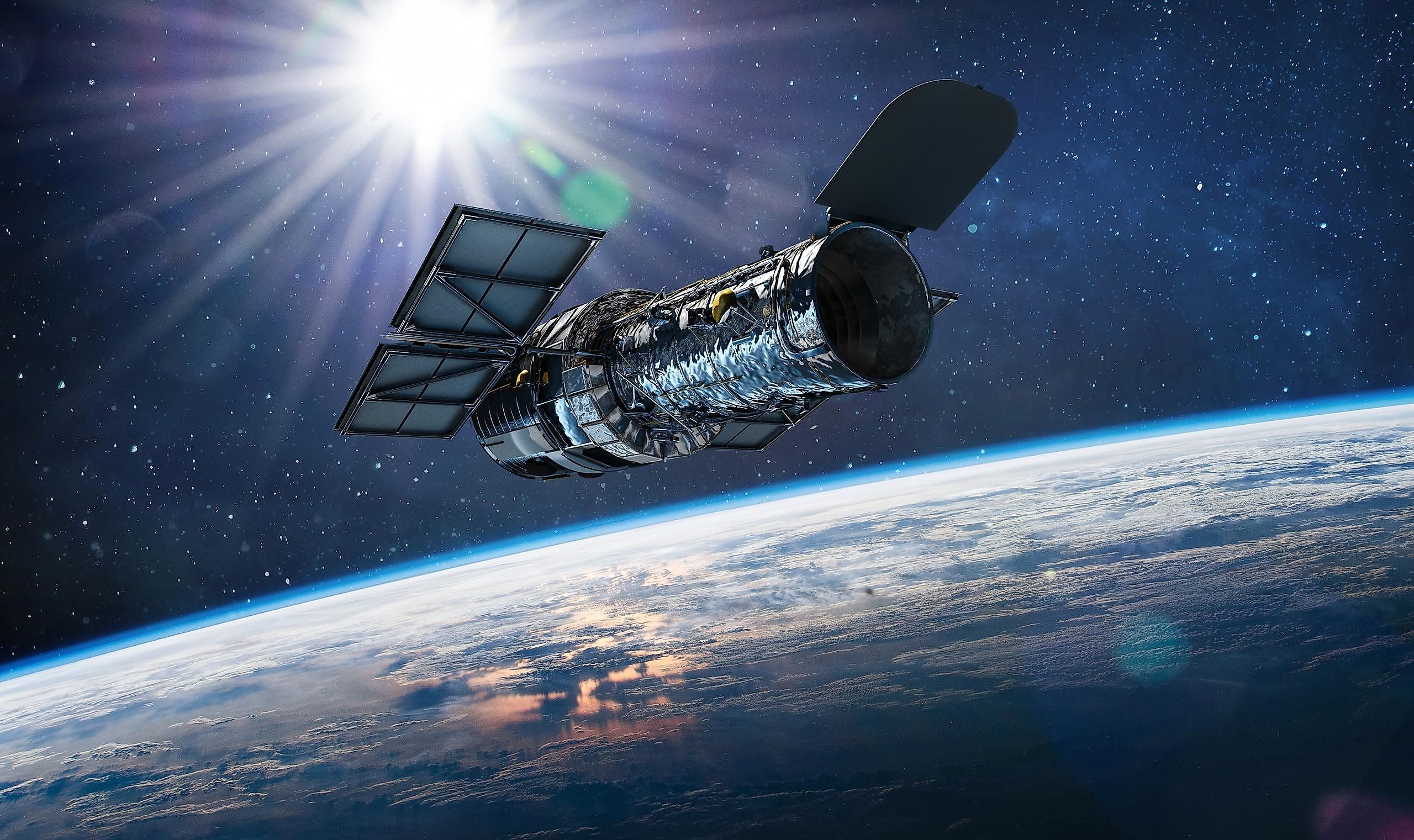
Hubble’s 10 Most Significant Discoveries
The Hubble Space Telescope launched in 1990, and for over three decades, it has revolutionized our understanding of the cosmos. The significance of Hubble and its discoveries cannot be overstated, and it has perhaps revealed more about our universe than any other telescope throughout history. While it remained the most powerful space telescope for years, the newly launched James Webb telescope is even more powerful, and it will likely expand upon Hubble’s discoveries and reveal more about the universe. With Hubble’s successor now in space and making discoveries, it is important to look back on some of Hubble’s most significant discoveries.
10. Origin of Gamma Ray Bursts
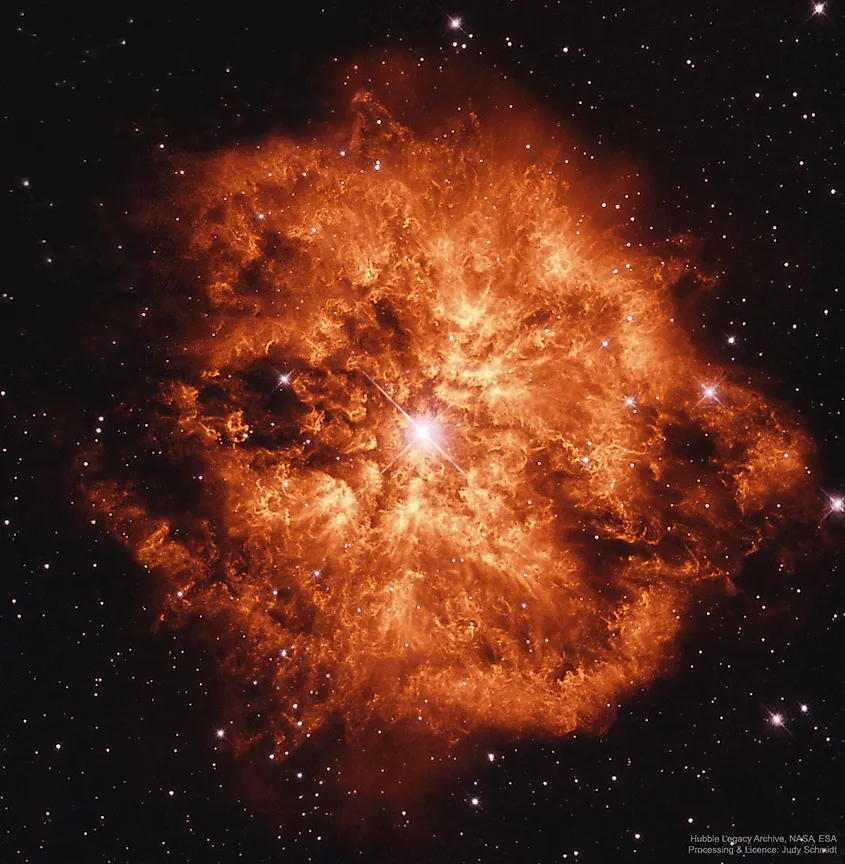
A gamma-ray burst is a large burst of gamma radiation, the most energetic form of light. The first gamma-ray burst ever detected was in 1967, yet it was not until 2013 when scientists observed their exact cause. Most gamma-ray bursts only last a few seconds, and so pinpointing their exact cause can be challenging, yet in 2013, the Hubble Space Telescope managed to observe a gamma-ray burst as it happened, revealing the cosmic event that caused the burst. The event is known as a kilonova, and they occur when two neutron stars collide and explode. This is not the only cause of gamma-ray bursts, however. Another cause is the gravitational collapse of a star into a black hole. As the black hole devours the outer layers of a star, vast beams of gamma radiation are emitted into space.
9. Planetary Collisions
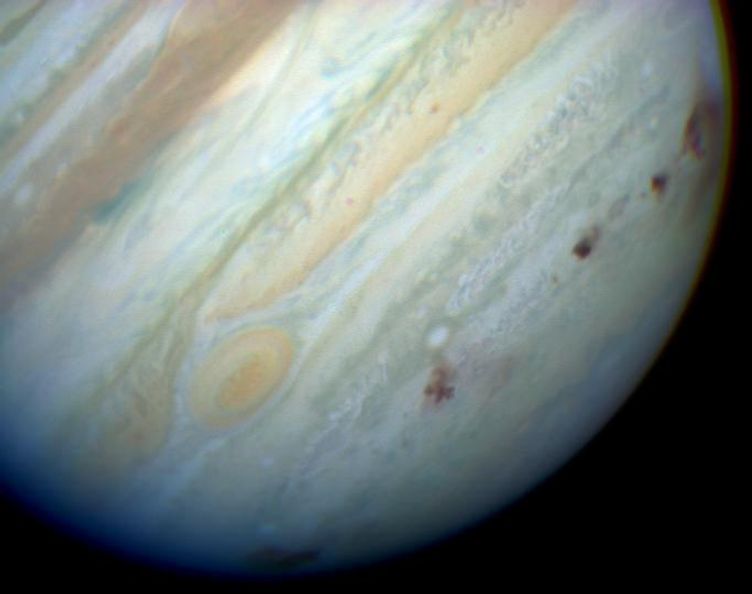
In 1994, telescopes were pointed towards Jupiter as a large comet directly collided with the gas giant. The comet, called Shoemaker-Levy 9, impacted the atmosphere of Jupiter on July 16, 1994. No collision of this magnitude had ever been observed, and while ground-based telescopes were able to observe the collision, Hubble had a much better view from space, and it was also the only telescope able to observe the collision in multiple wavelengths of light. Subsequent data from Hubble revealed how collisions behave in our solar system, shedding light on how the planets themselves may have formed from the collisions of asteroids, comets, and meteors.
8. Discovering Supermassive Black Holes
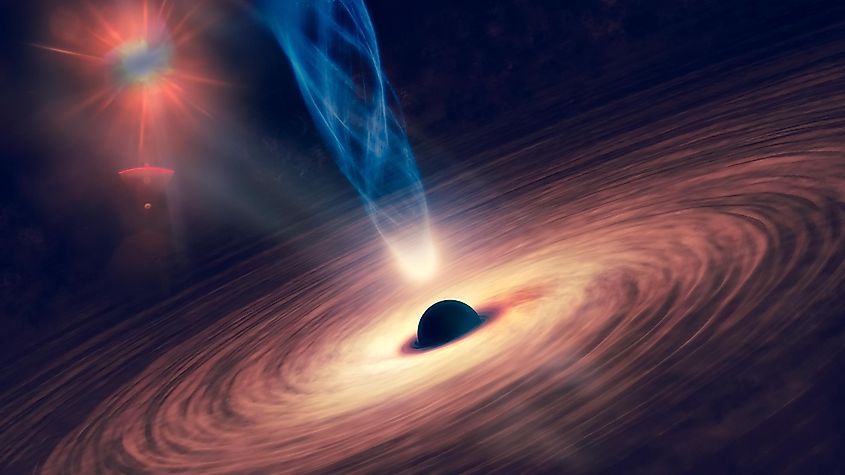
While the existence of black holes had been widely accepted by the time Hubble launched, astronomers were still unsure about the existence of supermassive black holes. These behemoths can be many millions to billions of times more massive than the sun, and they almost exclusively exist at the centers of large galaxies. Prior to the launch of Hubble, astronomers had theorized the existence of supermassive black holes based on some observations, yet no telescope was quite advanced enough to confirm them, until Hubble. Hubble was able to measure the orbital speed of stars located in galactic cores, allowing astronomers to confirm the existence of supermassive black holes within some galaxies.
7. How Solar Systems Form
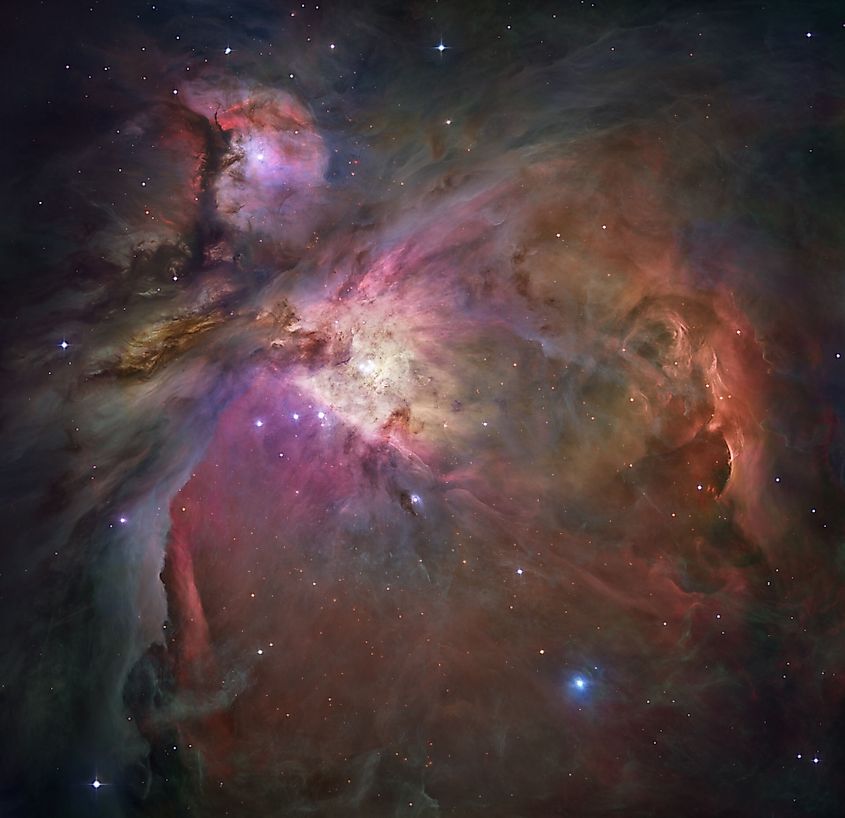
For years, astronomers debated how solar systems came into being. Telescopes were not advanced enough to look for forming solar systems, and so they relied on models. Then along came Hubble. The sheer power of Hubble allowed it to peer deep within stellar nurseries, observing newly formed stars in vivid detail. In addition to stars, Hubble observed vast disks surrounding young stars. These disks are known as protoplanetary disks, and they are the regions around young stars where planet’s form. Hubble confirmed where solar systems form, and it marked a breakthrough in planetary science. Interestingly, most of the protoplanetary disks observed by Hubble were found within the Orion Nebula.
6. Confirmed Age of the Universe
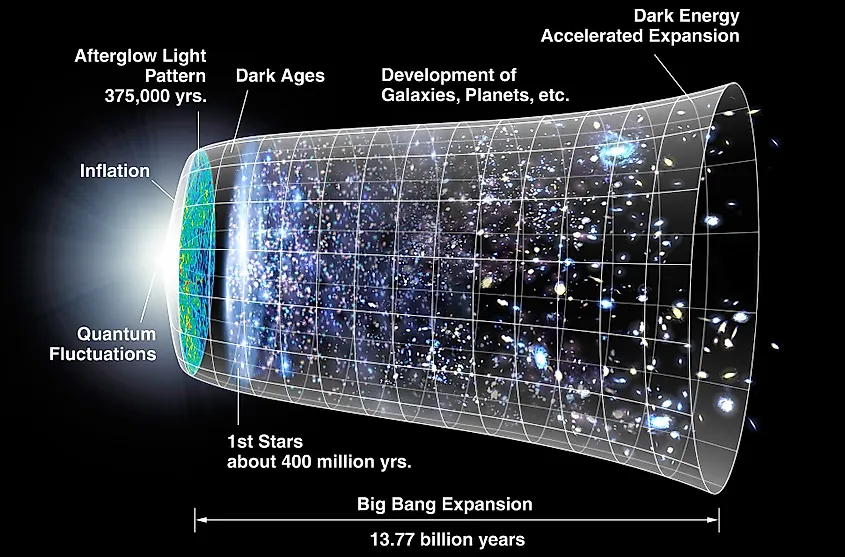
While the age of the universe had been predicted to be around 14-billion years prior to the launch of Hubble, it was Hubble that officially confirmed this prediction by observing further than any telescope in history. Hubble confirmed that the universe is about 13.7-billion years old, and it did this by allowing astronomers to calculate the distances to some of the furthest galaxies. Hubble also allowed astronomers to determine the expansion rate of the universe, which allowed them to reverse the clock and determine that the universe is about 13.7-billion years old.
5. Exoplanet Atmospheres
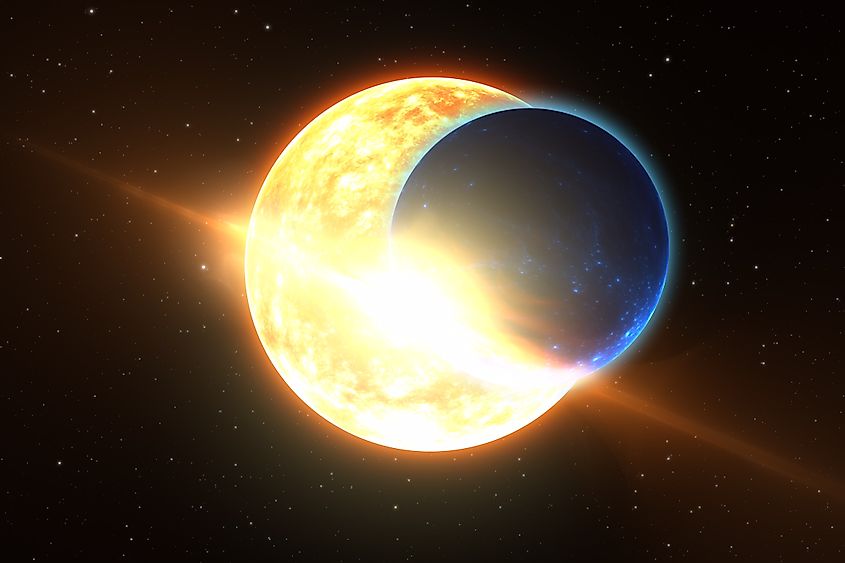
In 2001, Hubble became the first telescope to ever analyze the atmosphere of a planet beyond our solar system and determine some of its composition. It did this by analyzing the light passing through the planet’s atmosphere, allowing Hubble to produce a spectrum that could be analyzed to determine composition. The planet itself, nicknamed Osiris, is a hot-Jupiter located 150-light years away. After analyzing the data, scientists announced in 2001 that Hubble detected the presence of sodium in the atmosphere of Osiris. Hubble proved that planetary atmospheres could be analyzed this way, and it has now become the standard when studying exoplanet atmospheres.
4. Evolution of the Stars
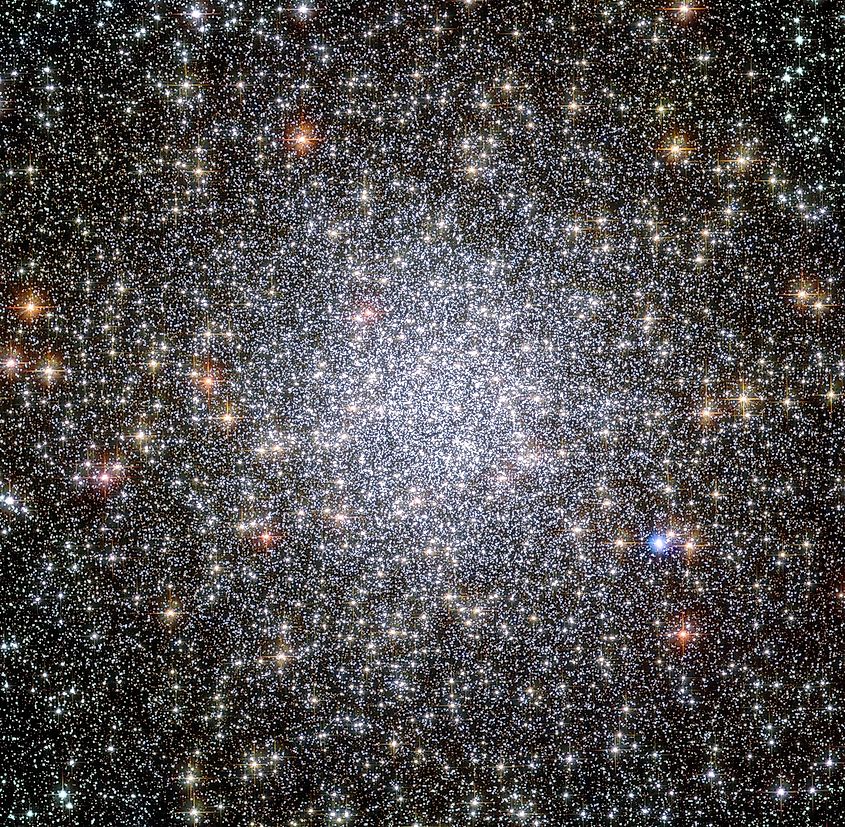
For years, Hubble was the most powerful telescope in operation. It revolutionized our understanding of almost every aspect of the universe. One of these aspects was the evolution of the stars. Hubble is able to see stars and star clusters in vivid detail, allowing astronomers to study how stars are born, live, and eventually die. Hubble has also been able to observe multiple generations of stars, which has allowed astronomers to determine the overall lifecycle of every type of star. By observing multiple stars of varying ages, astronomers are able to get an idea of how different stars evolve over time.
3. Evolution of Galaxies
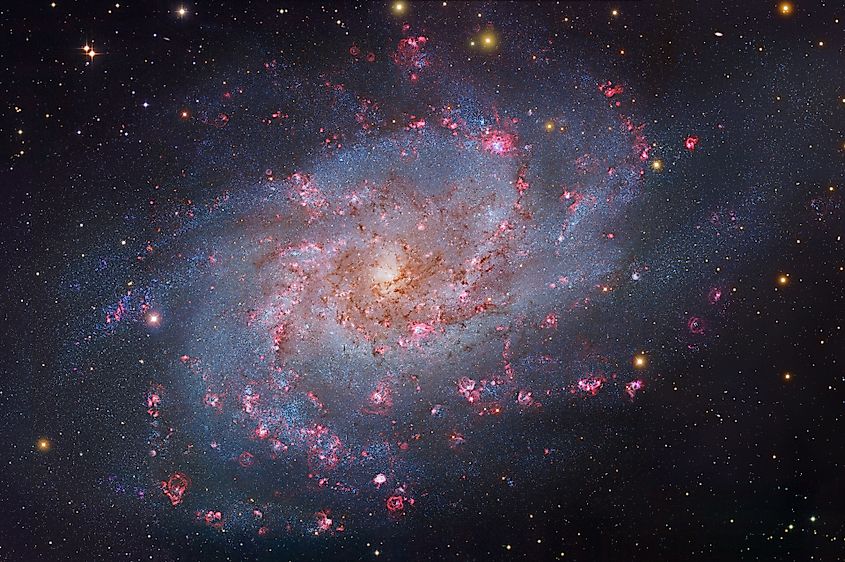
Hubble was able to see further than any other telescope for years. Since it takes light time to reach a destination, whenever we look out into space, we are also looking into the past. The more powerful a telescope, the further away it can see, and the further back in time it can see. Hubble can see billions upon billions of years into the past, and it is able to observe what are perhaps some of the youngest galaxies in the universe. Like Hubble’s observations with stars, observing multiple galaxies from varying periods of time has allowed astronomers to gain a better understanding of how these vast collections of stars form and evolve. No other telescope has observed galaxies in the level of detail that Hubble has, yet that will likely change with the James Webb telescope.
2. Finding Dark Matter
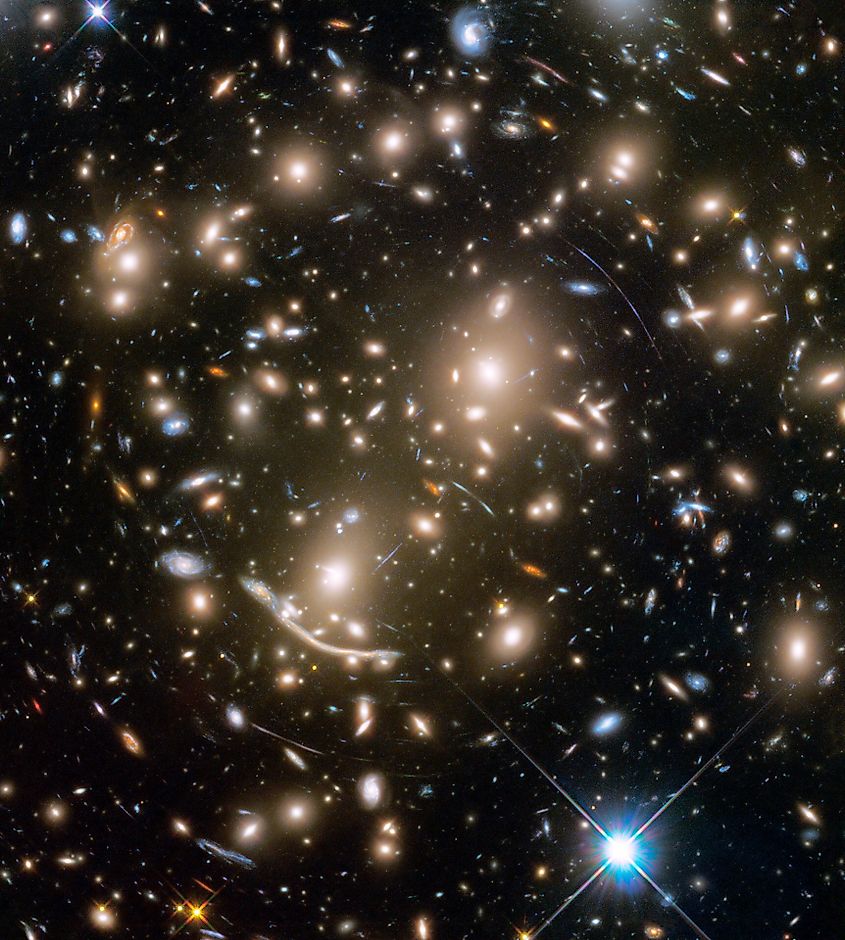
Dark matter is one of the biggest mysteries in physics and astronomy. Its existence is inferred through its gravitational interaction with visible matter. While its existence was first predicted in the 1930s, the Hubble Space Telescope observed how dark matter behaves in unprecedented detail. Hubble was able to observe multiple lines of evidence for the existence of dark matter, such as the rotation of galaxies, the mass of galaxy clusters, and gravitational lensing. If anyone had any doubts that dark matter exists, Hubble likely dispelled those doubts by finding that dark matter is abundant throughout the universe.
1. Dark Energy and the Acceleration of Space
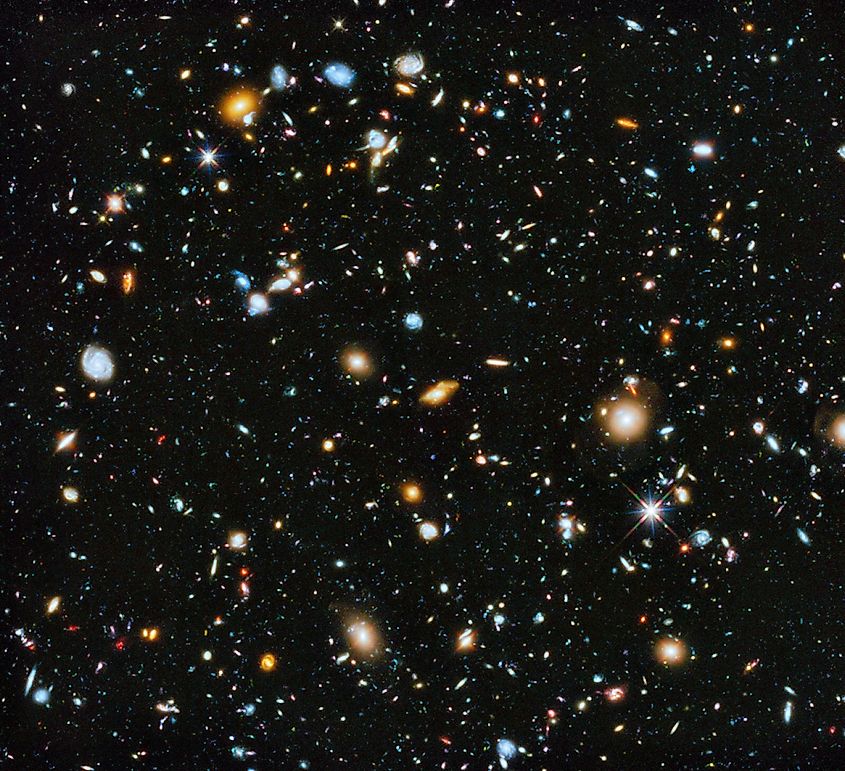
The Hubble Space Telescope is named after the astronomer Edwin Hubble, who in 1924, confirmed the existence of other galaxies. In addition to this, however, Edwin Hubble also discovered that the universe is expanding. Nearly every galaxy in the universe is speeding away from us at tremendous speeds. Interestingly, for years, astronomers predicted that the expansion rate of the universe was slowin down due to the inward pull of gravity. Eventually, the expansion of space would slow down. In 1999, however, two teams of astronomers using the Hubble telescope found that space is not slowing down, it’s speeding up. Not only was space not slowing its expansion, that expansion was also accelerating. In order for space to be accelerating, it must contain a form of energy causing that expansion. This energy was named dark energy, and it is perhaps just as, if not more mysterious than dark matter.











